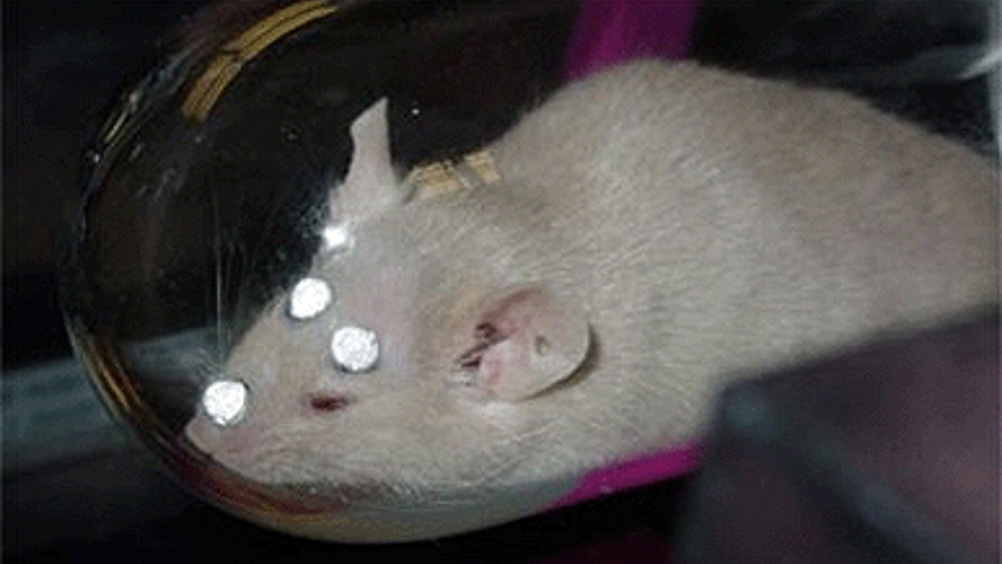System acquires images from mobile mice
Nuclear imaging researchers have developed a new imaging system for mouse brain studies, an advance that could lead to increased understanding of disease physiology.

Scientists use dynamic imaging of mice to follow changes in brain chemistry caused by the progression of disease or the application of a drug as an effective research tool for developing better ways to diagnose disease and formulate better treatments.
In many nuclear imaging studies, laboratory mice are typically drugged or bound in place so that their brains can be studied. However, the results of such research can be tainted by subjecting the mice to such chemical or physical restraints, complicating studies of Alzheimer’s, dementia and Parkinson’s disease.
For their nuclear medicine imaging studies, the researchers - from the US Department of Energy’s Thomas Jefferson National Accelerator Facility, Oak Ridge National Laboratory, Johns Hopkins Medical School and the University of Maryland - used a new system they developed to acquire functional images of the brains of conscious, unrestrained and un-anesthetised mice.
The so-called AwakeSPECT system was then used to document for the first time the effects of anaesthesia on the action of a dopamine transporter imaging compound in the mouse brain. Such dopamine transporter imaging compounds are used for Alzheimer’s, dementia and Parkinson’s disease studies.
Register now to continue reading
Thanks for visiting The Engineer. You’ve now reached your monthly limit of news stories. Register for free to unlock unlimited access to all of our news coverage, as well as premium content including opinion, in-depth features and special reports.
Benefits of registering
-
In-depth insights and coverage of key emerging trends
-
Unrestricted access to special reports throughout the year
-
Daily technology news delivered straight to your inbox










Apprenticeship Funding Cuts to Cost Employers £214m
I had no idea the taxpayer was funding such an advanced level of education. Certainly graduates and post-graduates don´t receive comparable financial...